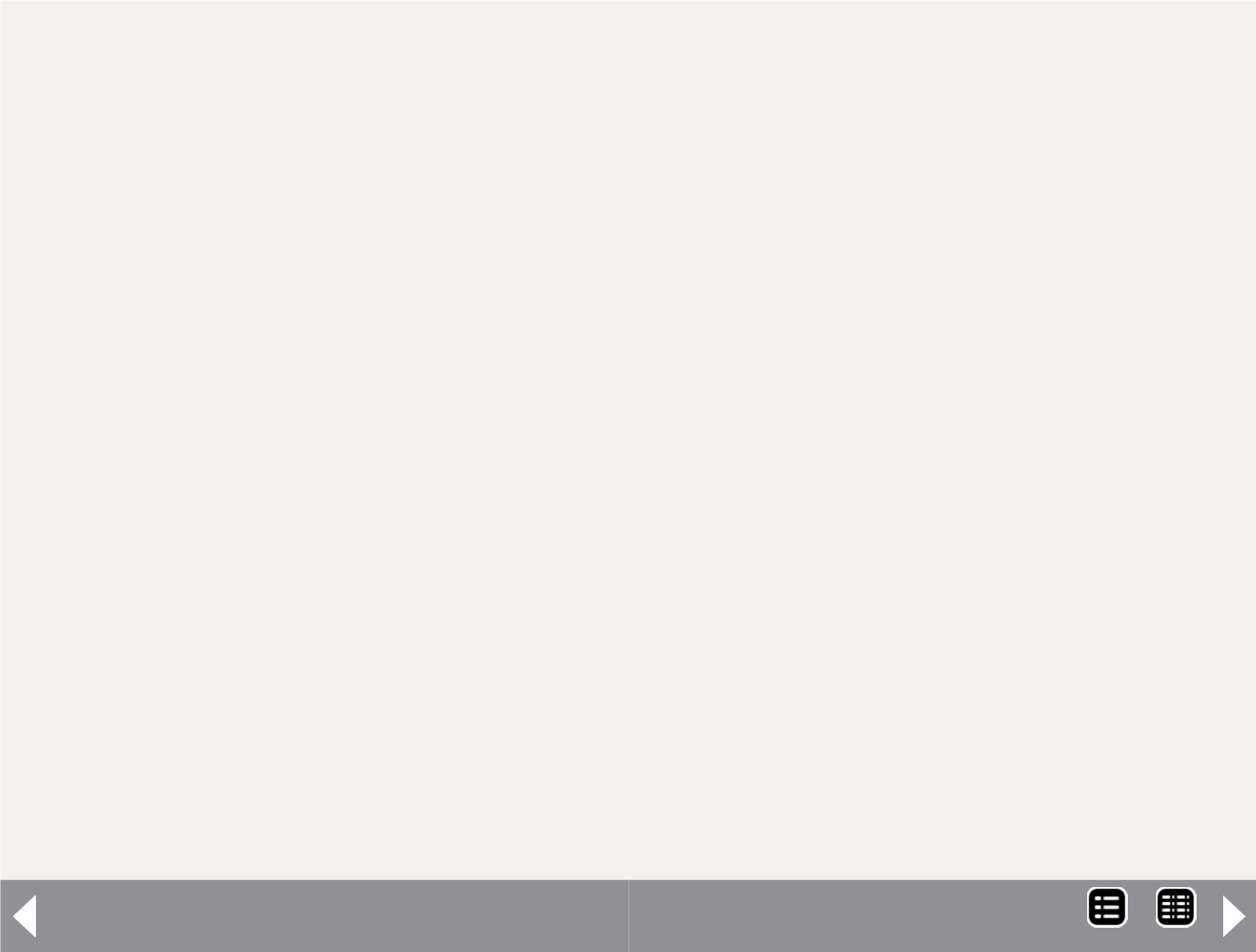
which plan will better meet your operating expectations? Even
though you like the aesthetics of both designs, which will take
less money and time to build?
Is there an easy way to find some quick, concrete answers to
these questions before you cut the first stick of lumber? The
answer is a resounding “Yes!” With a calculator, ruler, and a
scale track plan, you can get solid answers to these questions
with an hour or two of analysis.
LAYOUT DESCRIPTION STATS
Let’s look at these basic “layout description” statistics and
how to compute them. We list each stat name (with its units),
define it briefly, tell how it is calculated, and then discuss what
that stat tells us about the design.
ROOM AREA (sq ft):
Calculate the layout room’s square foot-
age. If your room is much larger than the layout – such as a
4x8 layout in a large family room – then only include a reason-
able amount of access space around the layout – don’t include
all that extra room space. For instance, with a 4x8 layout in a
large recreation room, you might add a 2 foot aisle all around
the layout. This means the total “room area” for a 4 x 8 layout
might be 8 x 12, or 96 square feet.
This stat tells us the approximate space requirement for a given
layout, regardless of its shape. This is a clue that two differently
shaped layouts could be altered to fit into each other’s space.
This won’t always work, but at least it’s worth exploring.
LAYOUT AREA (sq ft):
Calculate the total area taken up by just
the layout “tabletop” itself. This does not include aisle space.
For the 4x8 layout, this will be 32 square feet.
Layout design assessment - 2
This stat allows us to see just how much layout we really have,
and is a valuable design statistic since it allows us to directly
derive the amount of benchwork and scenery the layout needs.
By comparing the room area with the layout area, we can
ascertain how well the layout design fills its space. For
instance, the 4x8 layout’s space usage is 32/96, or 33%. Most
along-the-wall designs have a space usage of 50% or more,
which shows us the 4x8 layout doesn’t fill the space nearly as
well as an along-the-wall design.
Filling the space isn’t the only issue, since we could build a
wall-to-wall table and fill the space 100%. Access, however,
would be abysmal. As long as good access is maintained, this
stat is useful – but it must be viewed in context with your other
design needs and goals.
NUMBER OF TURNOUTS:
To compute this stat, just count the
number of turnouts on the track plan. Also count a crossing as
a turnout, and count a single slip switch or three-way turnout
or single slip switch as two turnouts. Count a double slip switch
as three turnouts.
This stat is a good indicator of trackwork complexity, which
tells us many useful insights. Given that the most costly track-
work is a turnout, the most maintenance intensive trackwork is
“By comparing the room area
with the layout area, we can
ascertain how well the layout
design fills its space.”
MRH-Oct 2014


